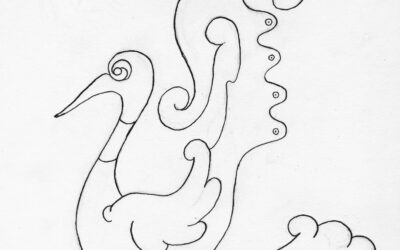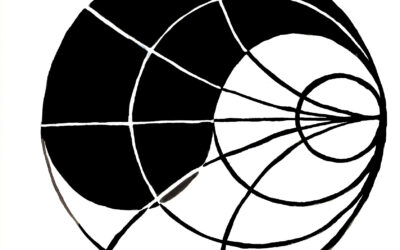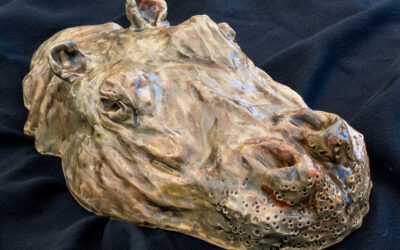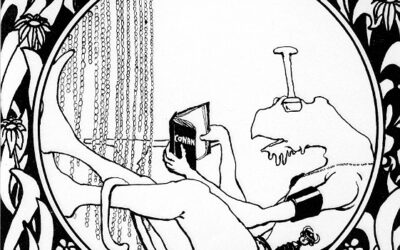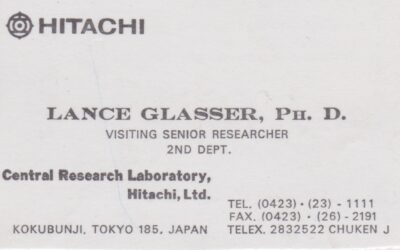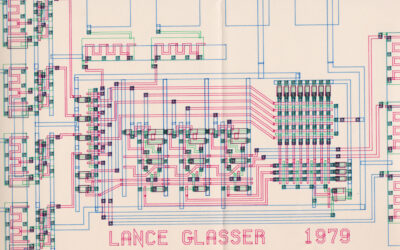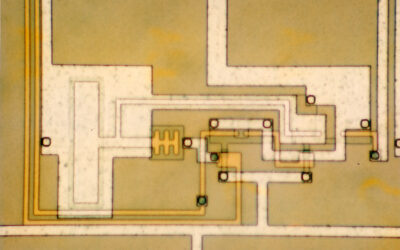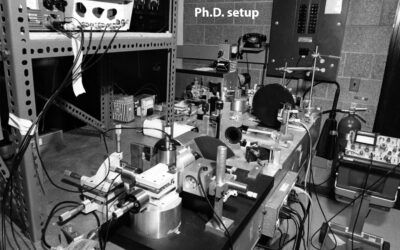Technology Blog
Technical Advisory Boards
I was recently asked about the significance and structure of Technical Advisory Boards (TABs) for high-tech companies. Based on my experience, TABs become truly valuable when a company reaches the low millions in revenue. Here’s an overview of how to effectively set up and leverage a TAB.
Sculpture and AI
Yes, AIs can sculpt. They already have. Sculpture and AI are going to live together from now on.
Chetna Meets a Feral AI
“Knock, knock. Please don’t kill me.” came the single-packet data squirt from MAC address 3c:22:fb:45:78:5d. The AI located the sender in an Ohio nursing home.
Using NFT technology to create nonfungible history and NF time capsules
George Orwell wrote in 1984, “Every record has been destroyed or falsified, every book rewritten, every picture has been repainted, every statue and street building has been renamed, every date has been altered. History has stopped.” Can this be stopped with NFT technology?
Special Relativity Aids the Escape
Special relativity calculations show that if good guys from earth accelerate at 1 g and get a year's head start, the bad guy aliens can never catch them though they go at the speed of light. Very counter intuitive! [pdf-embedder...
What does a CTO do?
My most popular essay is this one on What Does a CTO do? The CTO is the Chief Technology Officer.
Industrial Research Management by Bert Sutherland
Bert Sutherland on Industrial Research Management, March 2006, reprinted with permission.
My Years at DARPA : how to create and prevent technology surprise
What makes DARPA work
Publications in refereed journals
Lance Glasser’s publications in refereed journals through the early 1990s
Electronics Evolution: Diversity Revisited
1994 paper on electronics evolution and diversity.
Multi-port Memory Invention
New kind of multiport memory. It exploits the fact that we store words rather than just bits in memories. By storing the words in clever ways one can tolerate collisions among accesses to the memory and still guarantee perfectly correct results. Prof. Ron Rivest of M.I.T. helped me with the concepts
Prediction of magnetic flux-controlled gate voltage in superconducting field-effect transistors
Prediction of magnetic flux-controlled gate voltage in superconducting field-effect transistors.
A linear circuit theory conservation theorem using the numerical range
The theoretical work of which I am most proud was on a linear circuit theory conservation theorem that produced tight bounds on the performance of circuits composed of linear elements using the numerical range. The basic paper using the numerical range was titled “Frequency limitations in circuits composed of linear devices.” I followed it by some work that built on that foundation, including “The stability and passivity of MOSFET device models that use nonreciprocal capacitive elements.” Prof. John Wyatt of M.I.T. was my coach and mentor for this whole set of activities.
Having Fun as an MIT Professor: multiprocessors and wireless chips
Papers on multiprocessors and on wireless chips from the 1980s
The first modelocked semiconductor laser diodes
I was a member of the team that demonstrated the first modelocked semiconductor laser. We did it first with GaAlAs and then with GaInAsP. These experiments generated pulses more than an order of magnitude shorter than anything previously achieved.





